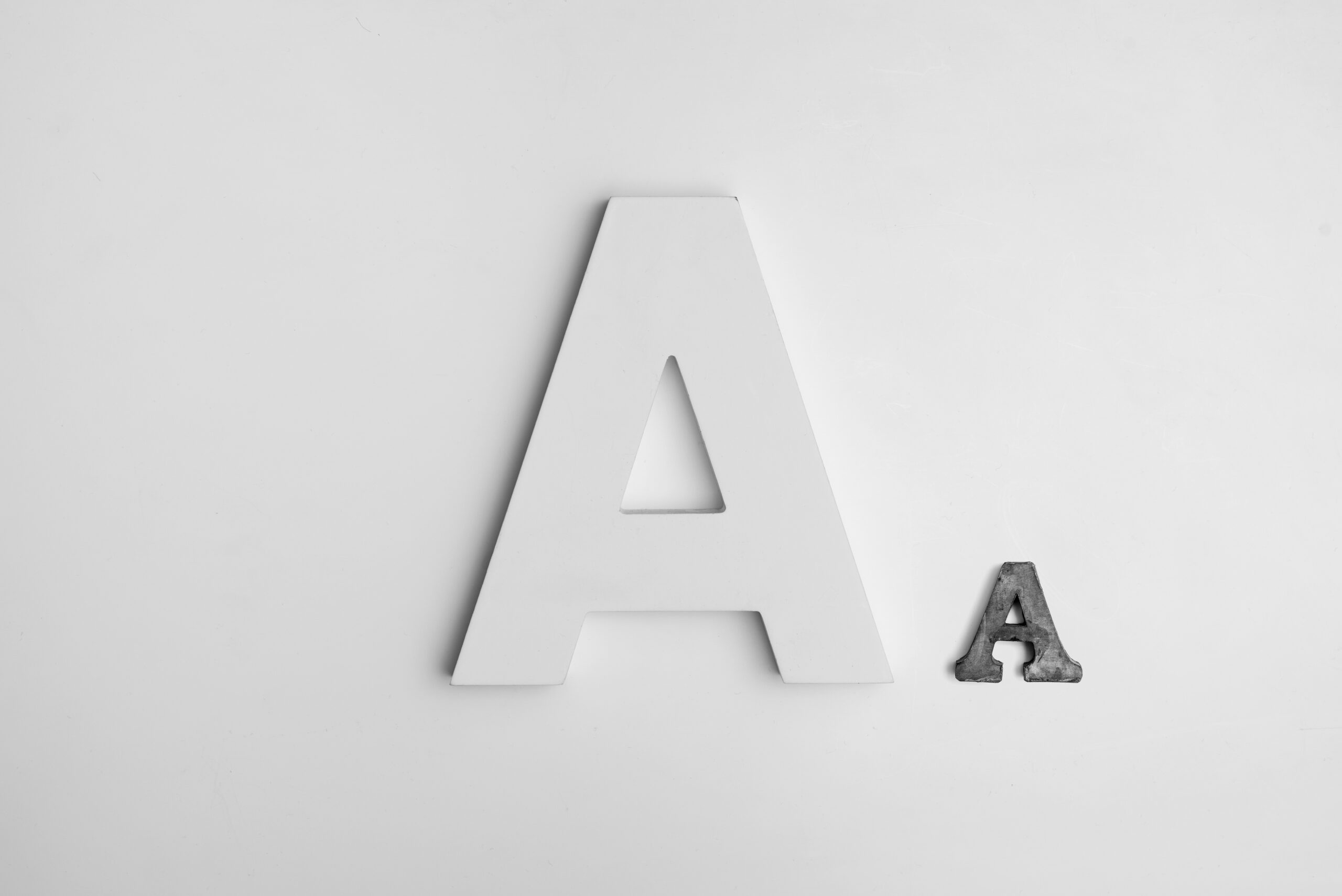Including typography in a logo design can have a huge impact on how a brand communicates its personality and values. It can also shape how people perceive your brand. However, typographic logos must have a distinct look to make an impression and influence recall.
Why Unique Typography Matters in Logo Design
Typography may play a role in making a logo appealing, but it is more than about looks. A uniquely designed typographic logo shapes a brand’s identity and serves as a connection for consumers to identify and express themselves with it.
When people feel connected to a brand’s aesthetic, they’re more likely to engage and see it as a reflection of their tastes and values. This emotional connection fosters brand loyalty and strengthens the consumer-brand relationship.
Typography can also attract new customers. Research shows that 81% of consumers try a new product because the packaging catches their eye, and 52% will switch to a new brand because of a design change. By creating a fresh, bold look, you can influence purchasing decisions and ultimately drive conversions.
1. Understand the Brand Identity
A logo should embody a brand’s personality, values and messaging. Therefore, you must deeply understand these elements to ensure they resonate with the target audience.
Start by defining the key characteristics. What is the brand trying to portray to ensure it speaks to its audience? For example, Coca-Cola conveys tradition and nostalgia and uses a flowing script to represent those personality traits. Consider the brand’s core identity to find the right approach and angle with your typographic logo.
2. Choose the Right Typeface or Create a Custom One
Typography is a storytelling tool, and selecting or creating the right typeface is key to influencing how consumers view your brand. Core typefaces include:
- Serif
- Sans-serif
- Script and handwritten
- Display
Each typeface has a unique style that can determine a brand’s identity. For instance, sans-serif fonts are popular among tech companies and contemporary brands because they offer a clean, minimalist look. Meanwhile, scripts are great for brands that evoke their creativity. Many creatives use handwritten logos to define their personality while showing off their artistic side.
However, some brands opt for a fully custom typeface. Designing one ensures exclusivity and fully fits within the brand’s identity.
3. Incorporate Negative Space Creatively
Negative space is the space around and between design elements. Many brands cleverly use negative space to create hidden messages or dual meanings and to tell a story without adding extra elements.
Use negative space effectively by modifying letterforms to:
- Create shapes or symbols.
- Integrate secondary visuals.
- Maintain balance.
4. Play With Letter Shapes and Styles
Slight or drastic changes to letter shapes can instantly make a logo stand out. Effective ways to manipulate letterforms include:
- Slightly lengthening or reducing specific strokes to create a more intentional look.
- Rounding corners to evoke friendliness or sharpening edges to create a cutting-edge feel.
- Using uneven letter sizes or warped elements to give a brand a more playful appeal.
Changing the weight or contrast is another way to make a logo truly one-of-a-kind. It can add visual interest and guide the viewer’s eye. Brands like Playstation use varying thicknesses to emphasize movement and energy, while Chanel keeps its letterforms bold for a classic, refined look.
5. Experiment With Tracking and Kerning
Tracking and kerning are vital to balancing letters for readability and visual appeal. Adjusting the tracking can completely change the feel of a logo.
For instance, tighter spacing creates a bolder look, making a logo feel more structured. Fashion houses often use this approach for a higher-end aesthetic. Conversely, looser spacing conveys openness. It can also improve legibility, especially for minimalist brands.
Kerning refers to the adjustment of space between letter pairs. Poor kerning can make a logo look awkward or disjointed. Experiment with these elements to improve aesthetics while keeping them legible.
6. Use Color and Texture Strategically
The right color choices and textural effects can make a logo stand out, enhance brand recognition and reinforce brand messaging. Color is one of the first things consumers notice and has a significant impact on decision-making. Studies show color makes up between 62% and 90% of a customer’s consideration of a product. Therefore, color choices are key to attraction and conveying different emotions.
Beyond color, texture and effects add depth and uniqueness to typographic logos. For instance, a gradient finish can modernize a design and create a high-end logo. Embossed effects add dimension and create a tactile experience. When using color and texture, ensure these elements align with each other to maintain a clear, cohesive look.
Crafting a Stand-Out Typographic Logo
Typography may make a logo visually appealing, but it can also strategically affect a brand. Consider the brand and its target audience before diving into the actual design. This tactic can guide you in the right direction and help you create logos that sets the brand apart.




